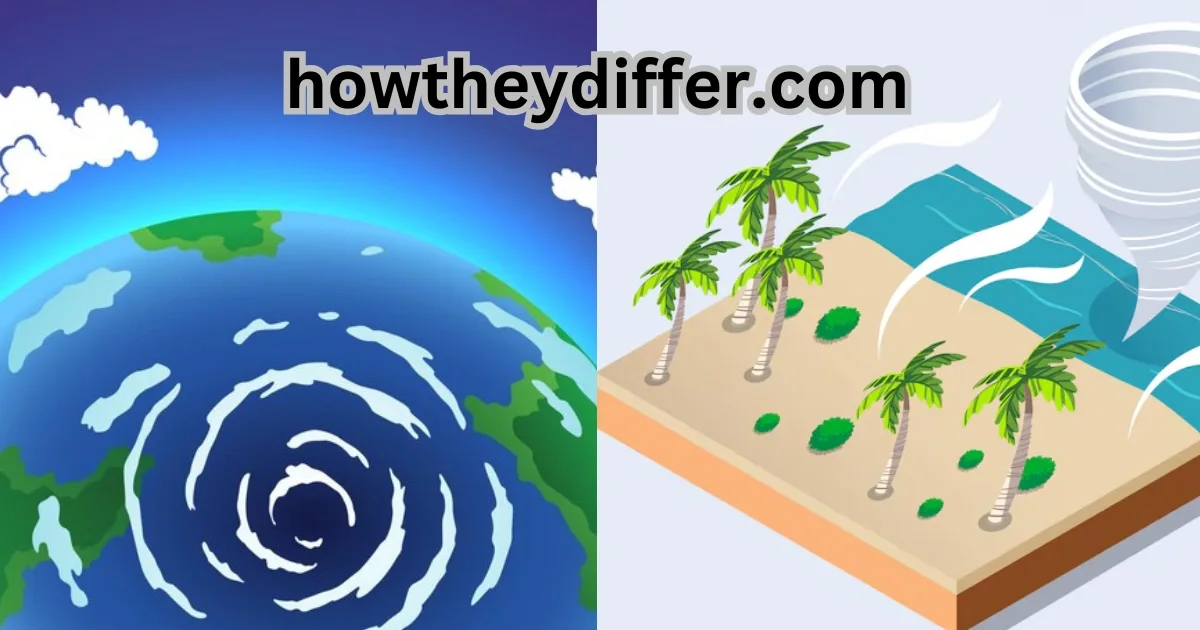Have you ever wondered why some days are breezy while others are calm? Or why some parts of the world experience consistent winds while others have unpredictable gusts? The answer lies in understanding the difference between global wind and local wind.
Wind is simply air in motion. But the forces that drive this motion can vary greatly, leading to different types of wind patterns. Think of it like a river: some rivers flow steadily in one direction, while others meander and change course.
Global winds are like the major rivers of the atmosphere, flowing in predictable patterns across the globe. Local winds, on the other hand, are like smaller streams and creeks, influenced by local features and conditions. This article will guide you through the fascinating world of winds, explaining their causes and effects in a clear and simple way.
What Causes Wind?
Before we look at the specifics of global wind and local wind, let’s understand the basic principles behind wind formation.
Wind is caused by differences in air pressure. Air naturally moves from areas of high pressure to areas of low pressure. Think of it like a balloon: when you let go of the opening, the air rushes out from the high-pressure area inside the balloon to the lower-pressure area outside.
The greater the difference in air pressure, the stronger the wind will be. But what causes these pressure differences in the first place?
Factors Affecting Air Pressure
- Temperature: Warm air is less dense and rises, creating an area of low pressure. Cold air is more dense and sinks, creating an area of high pressure.
- Earth’s Rotation: The Earth’s rotation causes the Coriolis effect, which deflects winds to the right in the Northern Hemisphere and to the left in the Southern Hemisphere.
- Land and Water: Land heats up and cools down faster than water. This creates pressure differences between land and sea, leading to winds like sea breezes and land breezes.
Global Wind Patterns
Global winds are large-scale wind systems that circulate around the globe. They are driven by the uneven heating of the Earth’s surface and the Coriolis effect.
Major Global Wind Belts
- Trade Winds: These winds blow steadily from east to west near the equator.
- Prevailing Westerlies: These winds blow from west to east in the middle latitudes.
- Polar Easterlies: These winds blow from east to west near the poles.
| Wind Belt | Location | Direction |
|---|---|---|
| Trade Winds | Near the equator | East to West |
| Prevailing Westerlies | Middle latitudes | West to East |
| Polar Easterlies | Near the poles | East to West |
Impact of Global Winds
Global winds play a crucial role in:
- Distributing heat and moisture: They transport warm air and moisture from the tropics towards the poles, and cold air from the poles towards the tropics.
- Ocean currents: They drive major ocean currents, influencing climate and marine life.
- Weather patterns: They influence the formation of weather systems like storms and cyclones.
Local Wind Systems
Local winds are smaller-scale wind patterns that are influenced by local geography and temperature differences.
Types of Local Winds
- Sea Breeze: This wind blows from the sea towards the land during the day.
- Land Breeze: This wind blows from the land towards the sea at night.
- Valley Breeze: This wind blows uphill during the day.
- Mountain Breeze: This wind blows downhill at night.
Impact of Local Winds
Local winds can significantly affect:
- Local weather conditions: They can influence temperature, humidity, and precipitation.
- Air quality: They can transport pollutants and affect air quality in a region.
- Agriculture: They can affect crop growth and pollination.
Global Wind and Local Wind: Major Differences
| Feature | Global Winds | Local Winds |
|---|---|---|
| Scale | Large-scale, planetary | Small-scale, localized |
| Driving Forces | Uneven heating of the Earth, Coriolis effect | Local temperature and pressure differences, geography |
| Predictability | Relatively predictable, consistent patterns | Less predictable, influenced by local conditions |
| Examples | Trade winds, Westerlies, Polar Easterlies | Sea breeze, Land breeze, Valley breeze, Mountain breeze |
Conclusion
Understanding the difference between global wind and local wind is essential for grasping the complexities of our planet’s weather and climate.
Global winds act as the major drivers of atmospheric circulation, while local winds add nuances and variations to these patterns.
By recognizing the interplay between these two types of winds, we can better appreciate the forces that shape our world.
FAQs
Some of the frequently inquired questions regarding the differences between global wind and local wind are as follow:
What is the strongest global wind?
The strongest sustained winds on Earth are found in the jet streams, which are fast-flowing air currents high in the atmosphere.
How do mountains affect local winds?
Mountains can block or funnel winds, creating unique local wind patterns.
Why is the wind stronger at the coast?
The difference in heating and cooling rates between land and water creates stronger pressure gradients and winds near the coast.
Can local winds affect global wind patterns?
While local winds are primarily influenced by local conditions, they can sometimes contribute to larger-scale weather patterns.
How do scientists study global wind and local winds?
Scientists use weather stations, satellites, and computer models to study and predict wind patterns.
